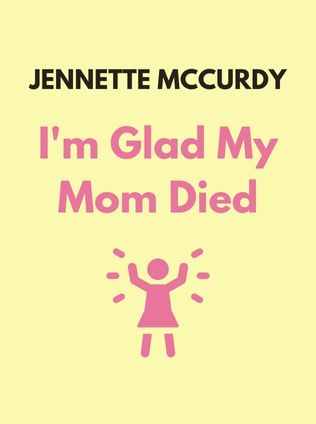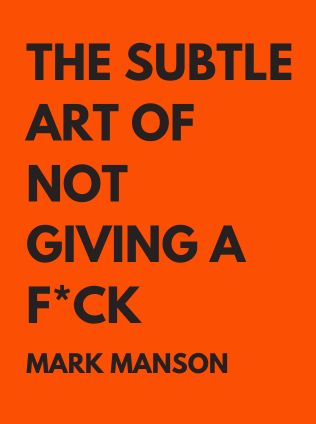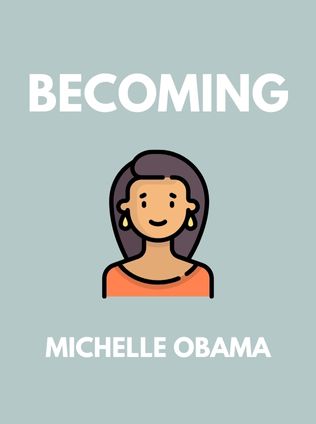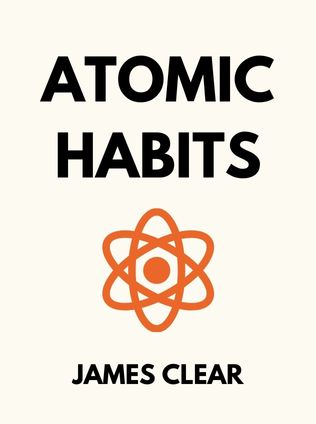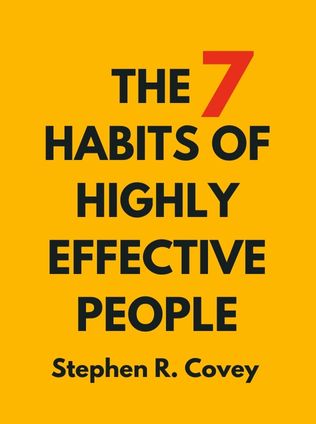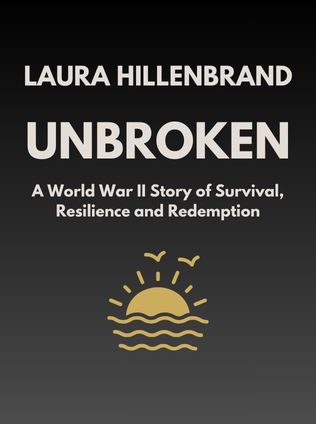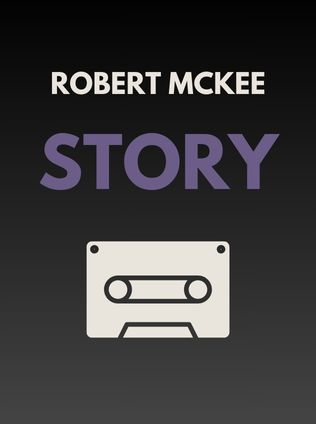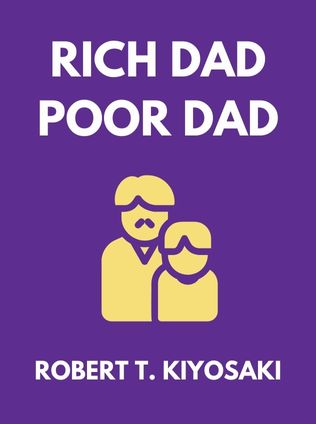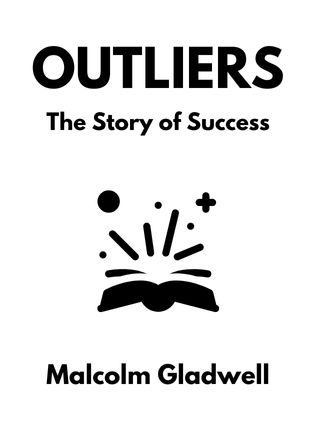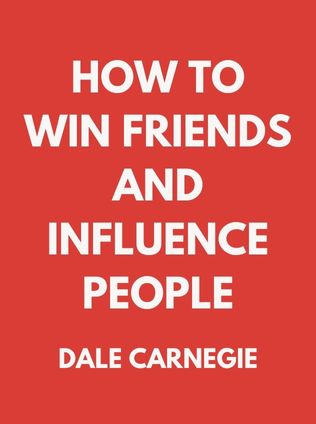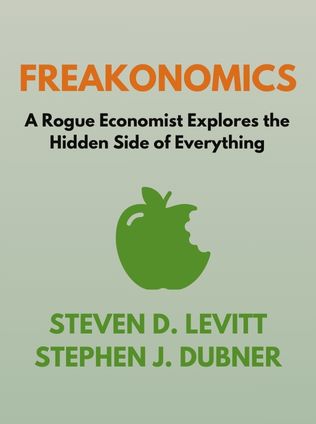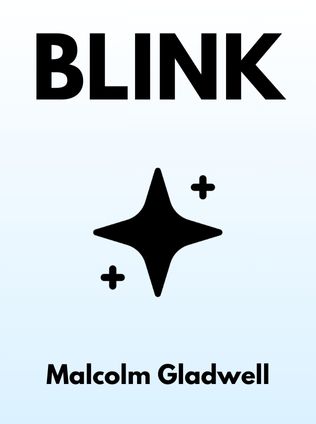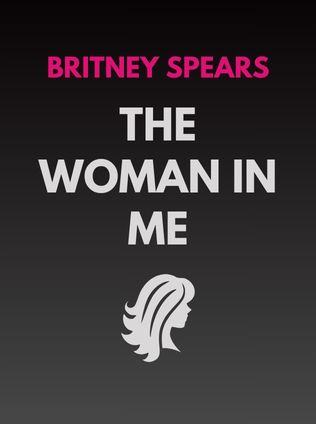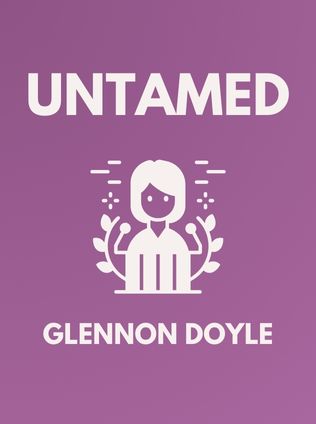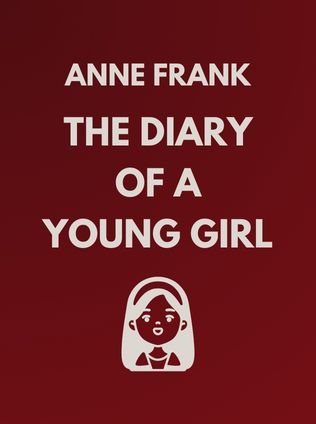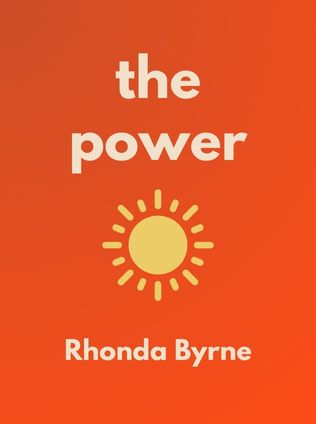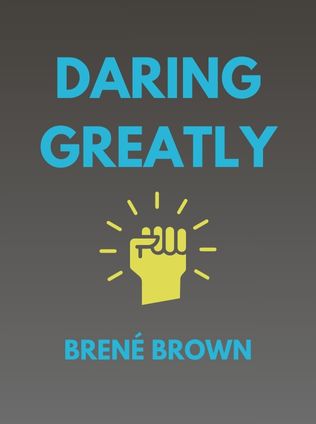
Daring Greatly
How the Courage to Be Vulnerable Transforms the Way We Live, Love, Parent, and Lead
By Brené Brown
Published 04/2015
About the Author
Dr. Brené Brown is a research professor with two decades of experience studying vulnerability, shame, empathy, and courage and how these emotions impact our social, professional, personal, and familial relationships. Her training program, The Daring Way™, has coached everyone from executives to soldiers, parents to business teams. As of 2020, she is the author of five #1 New York Times bestsellers, including Daring Greatly and Dare to Lead. Her TED Talk, "The Power of Vulnerability," ranks in the top five most viewed TED talks in the world. In Daring Greatly: How the Courage to Be Vulnerable Transforms the Way We Live, Love, Parent, and Lead, Brené shows readers how shame and our inability to be vulnerable stand in the way of achieving greatness at work and at home.
Main Idea
The main idea of Daring Greatly is that vulnerability is not a weakness but a powerful source of strength. By embracing vulnerability, we can foster deeper connections, inspire creativity, and achieve our highest potential. The book explores how our fear of being vulnerable keeps us from daring greatly in our personal and professional lives. Brené Brown challenges us to face our fears, build shame resilience, and engage wholeheartedly in the arena of life.
Table of Contents
- Introduction: What It Means to Dare Greatly
- Chapter 1: Scarcity: Looking Inside Our Culture of “Never Enough”
- Chapter 2: Debunking the Vulnerability Myths
- Chapter 3: Understanding and Combating Shame
- Chapter 4: The Vulnerability Armory
- Chapter 5: Mind the Gap: Cultivating Change and Closing the Disengagement Divide
- Chapter 6: Disruptive Engagement: Daring to Rehumanize Education and Work
- Chapter 7: Wholehearted Parenting: Daring to Be the Adults We Want Our Children to Be
- Conclusion: Final Thoughts
Introduction: What It Means to Dare Greatly
Brené Brown borrowed the phrase “Daring Greatly” from a famous speech delivered by Teddy Roosevelt in 1910. In it, he says that it is not the person on the outside passing judgment that counts. It is the person in the arena who “strives valiantly; who errs, who comes up short again and again.” This person knows “there is no effort without error or shortcoming.” This person spends everything in the worthwhile cause of “high achievement” and when failing, “at least fails while daring greatly…”
“Daring Greatly requires courage and the willingness to engage, even when the stakes are high. We do it when we ‘dare to show up and let ourselves be seen.’ When we practice the courage to show up in this way, we foster relationships, make the most of our finite time, and leverage our gifts to make the ‘unique contributions that only we can make.’” - Brené Brown
This sets the stage for the book’s exploration of vulnerability as a courageous act that can transform our lives.
Chapter 1: Scarcity: Looking Inside Our Culture of “Never Enough”
In this chapter, Brené Brown delves into the pervasive culture of scarcity that dominates our society. We are constantly bombarded with messages that we are never enough—never perfect enough, successful enough, or certain enough. This culture of scarcity drives feelings of inadequacy and competition.
Brown argues that this mindset is shame-based and keeps us from appreciating what we have. Instead, we focus on what we lack, perpetuating a cycle of dissatisfaction and fear. Healing from this scarcity mindset requires vulnerability. We must be willing to show up and be seen, despite our imperfections.
“We live in a culture of scarcity. This ‘never enough’ problem is the driver behind such thoughts as ‘never perfect enough,’ ‘never successful enough,’ and ‘never certain enough.’” - Brené Brown
Brown explains that our society is hyper-aware of what we don’t have rather than being keenly aware of what we do have. We constantly assess ourselves in comparison to others in terms of our lives, marriages, families, jobs, wealth, and more. We spend “inordinate amounts of time calculating how much we have, want, and don’t have, and how much everyone else has, needs, and wants.” This feeling of scarcity is pervasive in our society and it is shame-based. Healing from it requires vulnerability.
Chapter 2: Debunking the Vulnerability Myths
The primary myth around vulnerability is that it equates to weakness. Brown challenges this belief, asserting that vulnerability is actually the opposite of weakness. She defines vulnerability as “uncertainty, risk, and emotional exposure.”
“There’s no equation where taking risks, braving uncertainty, and opening ourselves up to emotional exposure equals weakness.” - Brené Brown
Sign up for FREE and get access to 1,400+ books summaries.
You May Also Like
The Subtle Art of Not Giving a F*ck
A Counterintuitive Approach to Living a Good Life
By Mark MansonRich Dad Poor Dad
What the Rich Teach Their Kids About Money - That the Poor and Middle Class Do Not!
By Robert T. KiyosakiHow To Win Friends and Influence People
The All-Time Classic Manual Of People Skills
By Dale CarnegieFreakonomics
A Rogue Economist Explores the Hidden Side of Everything
By Steven D. Levitt and Stephen J. Dubner
